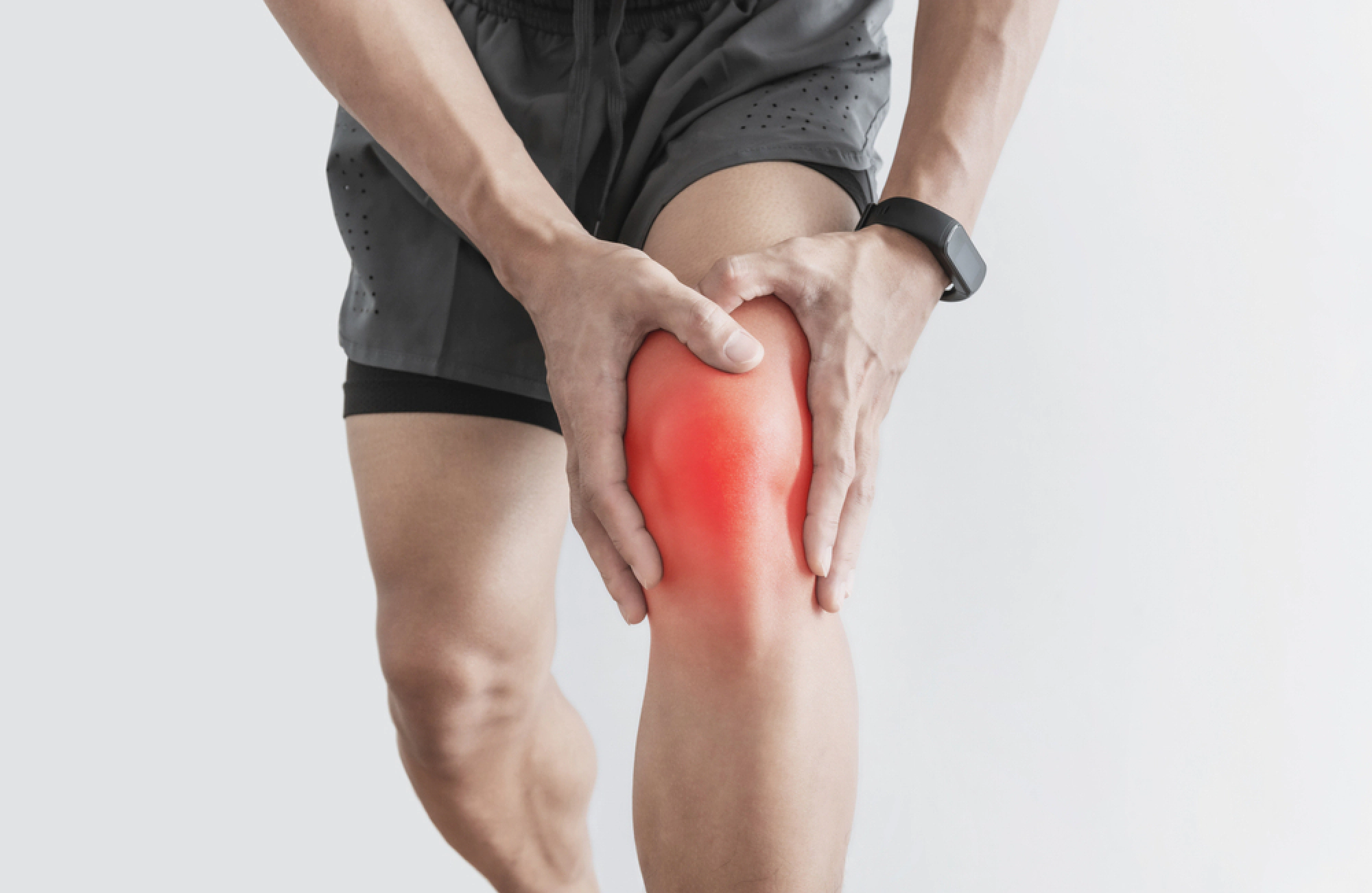Knee pain is one of the most common complaints among adults and older individuals. Whether it’s a sharp discomfort during movement or a lingering ache after a long day, knee pain can significantly reduce your quality of life. But what exactly causes it, and how can resistance training play a role in managing and even preventing it?
Common Causes of Knee Pain
- Muscle Imbalances: Weakness or tightness in muscles surrounding the knee — especially the quadriceps, hamstrings, and glutes — can lead to improper joint alignment and excessive strain on the knee.
- Joint Degeneration: Conditions like osteoarthritis result in the gradual wear-and-tear of cartilage, causing pain, stiffness, and swelling.
- Overuse or Poor Biomechanics: Repetitive stress from activities like running or improper movement patterns can inflame tendons and ligaments, leading to conditions like patellar tendinitis or iliotibial band syndrome.
- Previous Injuries: Old injuries that weren’t properly rehabilitated may contribute to chronic knee instability or pain.
The Role of Resistance Training
While many people may fear that resistance training will worsen their knee problems, research has consistently shown the opposite. When done correctly, resistance training can significantly improve knee health by strengthening the muscles that support the joint.
Here are a few science-backed benefits:
1. Improved Joint Stability
Strengthening the quadriceps, hamstrings, and glutes reduces the load directly on the knee joint. Stronger muscles act as shock absorbers, reducing wear on cartilage and minimizing pain.
2. Reduced Inflammation
Consistent resistance training has been shown to reduce systemic inflammation markers, which are often elevated in individuals with joint pain. This leads to not just pain relief but also improved overall joint function.
3. Enhanced Movement Mechanics
Proper strength training improves balance, coordination, and joint alignment — all of which help in reducing compensatory movement patterns that may contribute to knee pain.
4. Slowed Progression of Joint Degeneration
Evidence suggests that muscle-strengthening exercises can slow the structural progression of joint diseases like osteoarthritis, delaying the need for invasive procedures.
Final Thoughts
Knee pain can be frustrating, but it doesn’t have to be a life sentence. By understanding the root causes and incorporating structured resistance training, you can significantly reduce discomfort, improve function, and reclaim your active lifestyle. As always, consult a healthcare professional before starting a new exercise regimen, especially if you’re dealing with chronic pain.
References:




